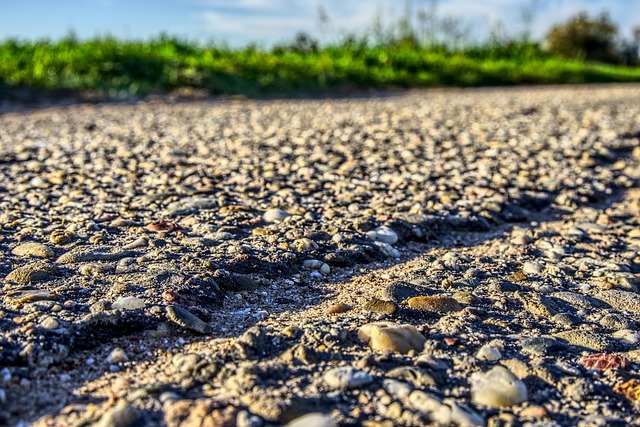The increasing frequency of extreme weather events serves as a stark reminder of the reality we face as a global community. From scorching heatwaves to devastating hurricanes, the signs of climate change are everywhere, and they remind us of the urgent need for environmental protection. We find ourselves at a crossroads, where taking action has never been more crucial—not only for our lives today but for the future of our planet.
Understanding the deep interconnection between climate change and extreme weather is essential. Climate change, driven largely by human activity, is not a distant problem. It manifests in shorter, more intense weather patterns that disrupt our daily lives and have far-reaching ramifications. Think about your own experiences with extreme weather; perhaps last summer saw record-breaking temperatures, or you’ve witnessed unusually catastrophic storms in your region. These events are becoming more common, and they remind us that we cannot look away any longer.
So how do we tackle this colossal challenge? First and foremost, we need to prioritize environmental protection efforts that aim to mitigate the effects of climate change. This can take many forms, from advocating for renewable energy sources like solar and wind to reducing our carbon footprint in daily life. It’s important to remember that every small action counts. Simple changes—like conserving energy, reducing waste, or supporting local businesses that prioritize sustainability—add up over time.
Moreover, education plays a crucial role in our fight against climate change. By raising awareness about the importance of environmental protection, we can empower our communities to take action and push for policies that prioritize the health of our planet. Schools, civic organizations, and social media can be excellent platforms for sharing knowledge about sustainable practices and lifestyle choices. Understanding the science behind climate change helps to foster a sense of urgency and responsibility among individuals and communities alike.
Another pivotal aspect of combating the repercussions of climate change is revising our policies at local, national, and international levels. Comprehensive regulations that encourage conservation and penalize pollution are vital for environmental protection. We must demand that our leaders take decisive actions such as investing in green infrastructure and transitioning away from fossil fuels. As citizens, we must raise our voices and make it clear that climate change is not just an environmental issue but a humanitarian one that affects everyone.
In addition to damage control, we also need to be proactive in our approach. Investing in resilient infrastructure can help communities withstand the impact of severe weather. This means developing systems that support agriculture, water supply, and energy that can adapt to changing climates. By promoting environmental protection as part of urban planning, we can create spaces that nurture biodiversity while accommodating growth, leading to healthier ecosystems and communities.
Ultimately, environmental protection—a collective effort embraced by all—holds the key to addressing climate change effectively. The journey is challenging, but it also presents us with an opportunity to unite and work towards a common goal. By standing together, sharing resources, and lending our voices to advocacy, we can create a future where extreme weather can be managed, and the earth’s resources are preserved. Let us rise to the occasion and become champions for our planet, ensuring that future generations inherit a world that can thrive, not just survive.




